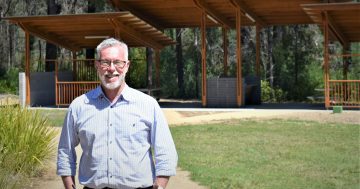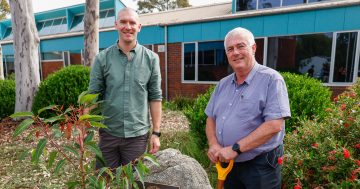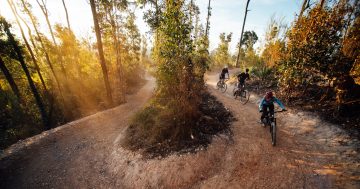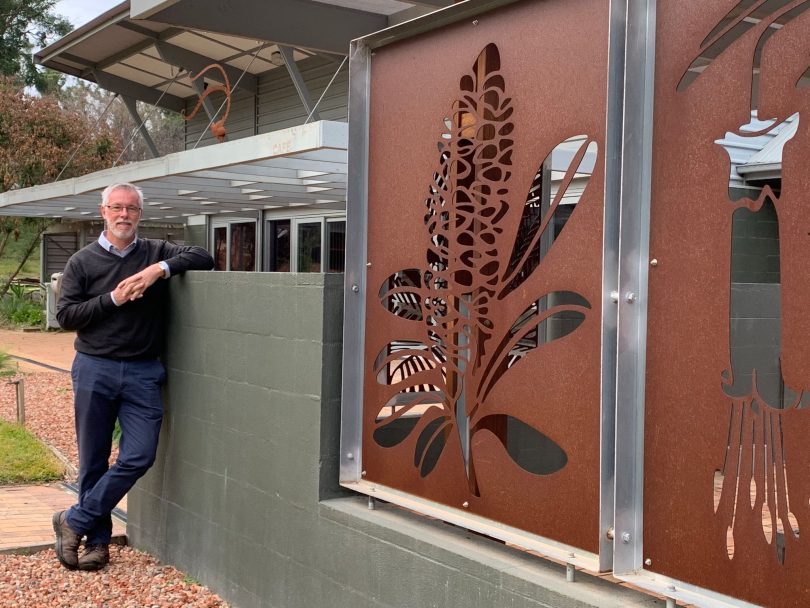
Manager Michael Anlezark is excited to see the Eurobodalla Regional Botanic Garden reopen. Photo: Kim Treasure.
Six months after being devastated by bushfire, the Eurobodalla Regional Botanic Garden, near Mogo on the NSW South Coast, will throw open its gates to the public on Saturday, 4 July.
Ranked as the region’s number one tourist attraction by Tripadvisor, the gardens were hit hard by the New Year’s Eve blaze in 2019.
More than 95 per cent of the 32-hectare site was seriously impacted, and many precious species of flora were lost. Since then, Eurobodalla Shire Council staff and volunteers have worked tirelessly to salvage and restore what they could.
More than 250 dead or dangerous trees were removed, paths were cleared and bridges rebuilt to allow the conservation facility and tourist attraction to reopen this weekend.
It’s a timely boost for the Eurobodalla’s struggling tourist industry, and it coincides with the first day of the NSW school holidays.
READ ALSO: New growth for top tourist attraction
Manager Michael Anlezark is rightly proud of the work that has gone into getting the facility back on its feet, particularly after COVID-19 delivered a second blow. With a large portion of the garden’s volunteers aged above 70, many had to stay home until it was safe for them to return.
This week, the Friends of the Garden group and volunteers celebrated the reopening with an appropriately socially distant sausage sizzle, and this weekend they are excited to show the public the results of their hard work.
READ ALSO: Six months on, bushfire scars remain
With COVID-19-appropriate measures in place to ensure everyone is safe, they are hoping visitors and locals will take time to revisit this much-loved local icon. The first thing most visitors will notice is the new entry and directional signs, which were designed by the garden’s in-house graphic designer and put together by Bay Signs.
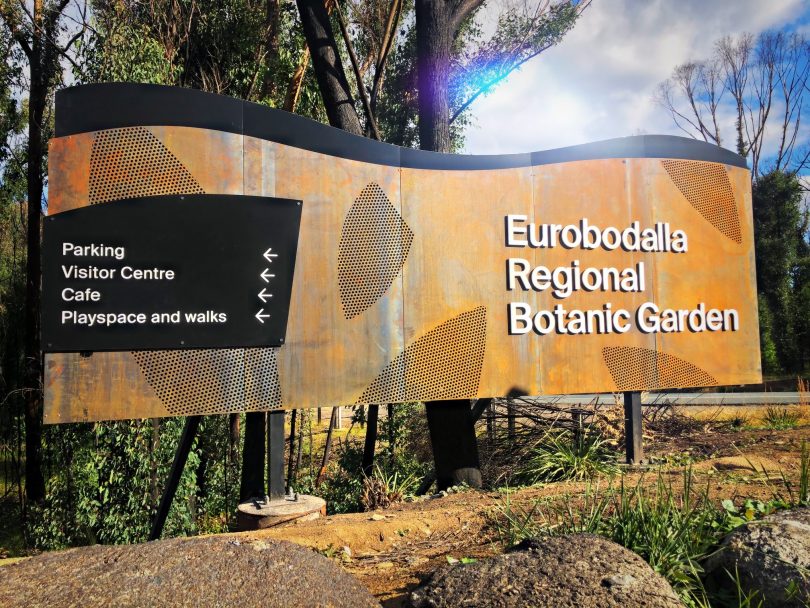
A new sign for Eurobodalla Regional Botanic Garden replaces the burnt one on Princes Highway, near Mogo. Photo: Supplied.
Mr Anlezark said Eurobodalla Shire Council was committed to using local contractors and local suppliers wherever possible, and was impressed by the quality of work onsite.
“Where something has been destroyed, my ideal is to make it better than it was before,” he said.
“We are rebuilding timber bridges with steel frames, replacing some with solid paths and pipes; doing work that will make us less vulnerable to fires.
“We will use recycled bricks to replace mulch around buildings so there will be an environmental aspect to it, too.”







